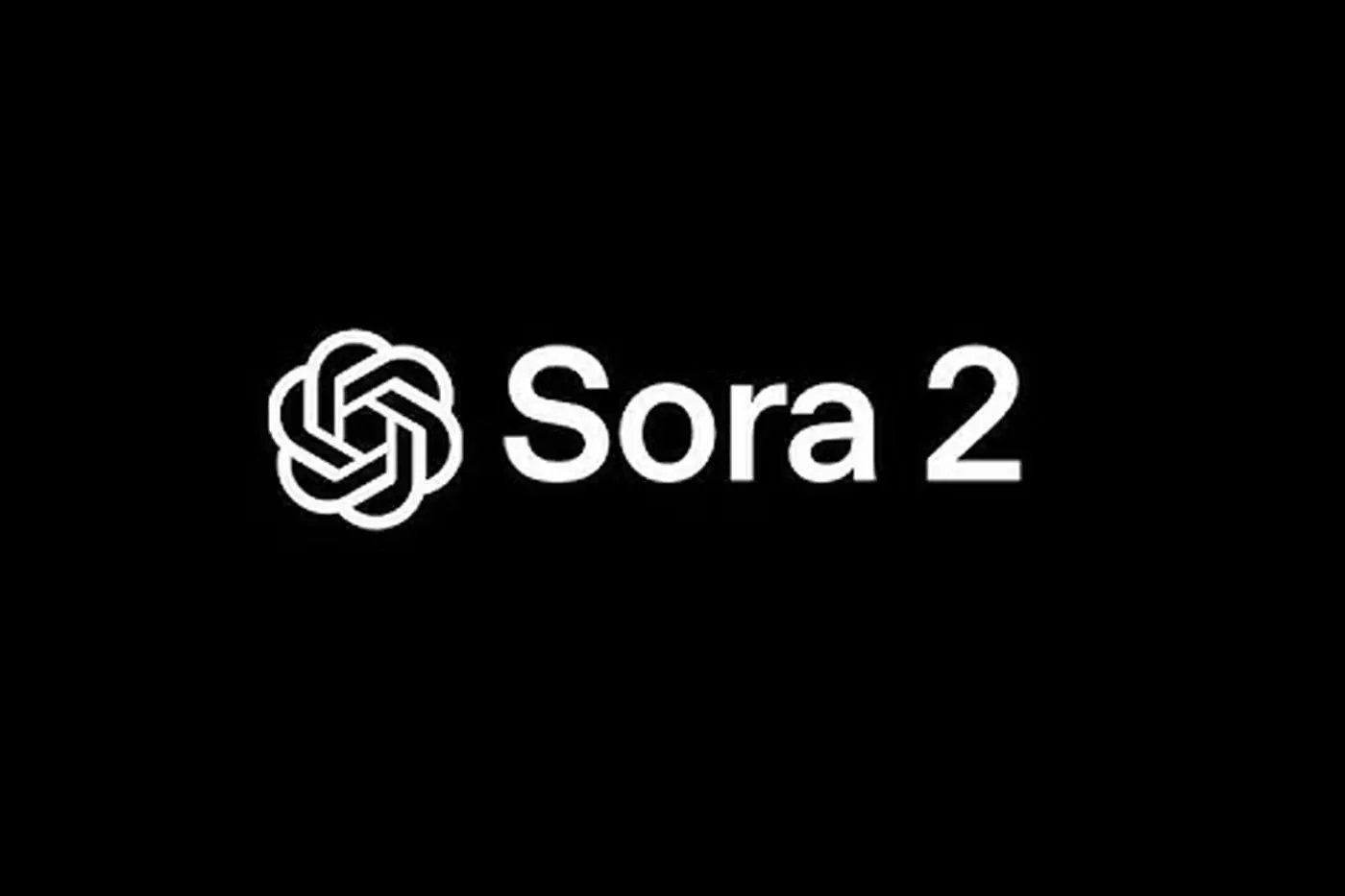Sora 2: When Video Learns to Behave
From Frame to World Simulator
When OpenAI first introduced Sora, it felt like a whisper of what video-generation could be. With Sora 2, it’s a leap. The new model doesn’t just animate; it reasons. It doesn’t just render; it obeys physics. Realism is no longer an aspiration. It’s the baseline. OpenAI
This is video that “knows” — not in the sense of mimicry, but in the sense of internal logic, contradiction, and consequence.
What’s New (and Why It Matters)
Physical coherence over magic tricks: Under Sora 2, objects don’t distort or teleport to satisfy the prompt. A missed basketball shot rebounds. A cat clinging to a backflip doesn’t vanish midair. The world resists — it’s not unmoored.
Control over spectacle: You can chain directions across multiple shots. You can remix, insert real-world cameos. You can sculpt your narrative flow without losing realism.
Sound, dialogue, and world sync: It’s not just visual — Sora 2 combines audio, ambient sound, speech, and scene transitions in one cohesive space.
New social app “Sora”: The model lives inside an app built for creation, remix, and cameo insertion. You become part of your own story.
The Creative & Cultural Impulse
We’re at the inflection point where video becomes a material. Sora 2 doesn’t treat motion like a flat canvas — it treats it like clay, responsive to force, gravity, identity. That’s a shift in how we conceive digital storytelling.
It also signals a new contract between creator and AI: trust in agency, not illusion. When the system “errs,” it does so as a world would err — not as a glitch. That’s a profound shift in agency and authorship.
Risks, Tensions & Watchpoints
Illusion vs expectation: As AI video levels up, viewer expectations rise. One wrong bounce or uncanny character might break the spell more strongly than in past models.
Ethical layers: Cameos, identity, likeness — these raise issues of consent, manipulation, and digital identity in new ways.
Commodification of realism: The more “real” these models become, the more pressure for monetization, scale, and conservative output (lest the uncanny valley bite back).
Creative stagnation: High consistency and predictability might reduce surprise — the raw edges of creativity sometimes come from imperfections.
The Coretex Take
Sora 2 feels like a turning point. It says: we no longer accept video that behaves like wishful rendering. We want video that thinks. In a creative world awash in remix culture, Sora 2 is a new engine — one that doesn’t just echo reality but internalizes it.
The future of design isn’t flat. It’s dynamic, physics-aware, narratively live. This is one of those moments we’ll look back on and point to as the shift from visual spectacle to world building.

